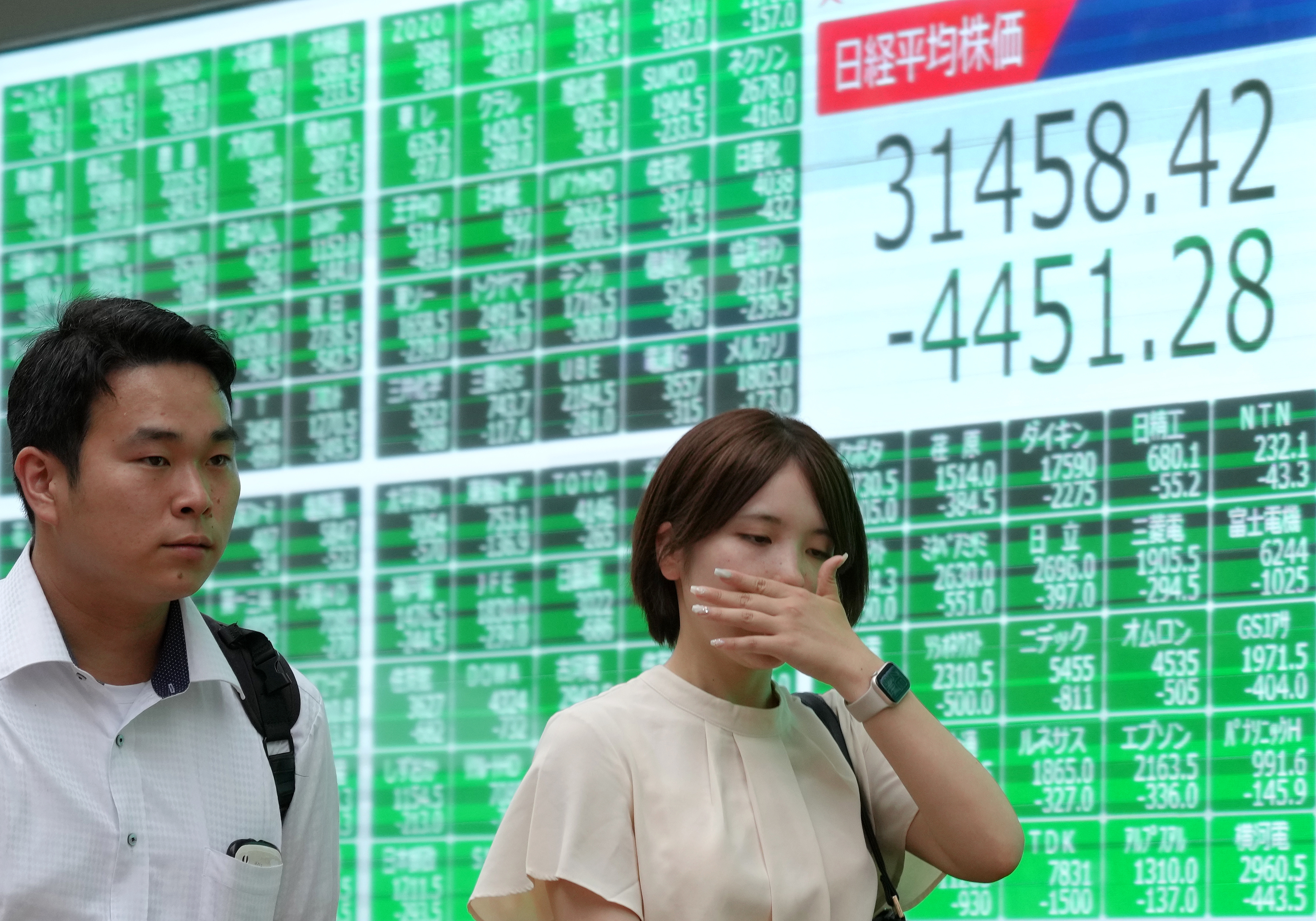Stock markets around the world have dropped by propitious amounts over the weekend and today because of something called the Sahm Rule. But here is the mad part: even the originator of the rule, economist Claudia Sahm, is not really sure if it applies entirely in this case. Although she does say that directionally, it’s telling us what it should be telling us.
And please, don’t think I’m an expert in this other than the fact that I have read about it. But as I understand it, Sahm observed that almost without fail, the initial phase of a recession starts when the three-month moving average of the US unemployment rate is at least half a percentage point higher than the 12-month low.
The great thing about the rule is that it’s simple, works like clockwork (although there have been times when it got close and didn’t go further) and that it kicks in early in the cycle. But because this is economics we are talking about, the problem with the rule is that it’s simple (nothing is really that simple) and that it’s an early-cycle indicator (early is good, but very sensitive to small numerical changes). So it’s important to note that it’s an observation and not really a rule.
Anyway, when the US unemployment rate came out on Friday – called the “July Jobs Report” – the rule was very close to being triggered. Of course, as soon as that happened, everybody wanted to talk to Sahm, who added, in a series of interviews, some important caveats and offered insightful comments about the rule. We’ll get to those but in the meantime, the reaction of stock markets around the world has been astounding.
The widely accepted measure of market volatility, the Vix index, went from 23 to 61 over the weekend. This is comparable to the level it reached just as Covid hit. The Japanese stock market is down (at the time of writing) about 18% in five days. European markets will probably close about 2% lower, and SA markets (bless their cotton socks) fell by just over a point (see all this below).
Right. So. More about the Sahm rule. (Sahm previously worked at the US Federal Reserve and is now a chief economist at New Century Advisors.) The basic logic behind the rule is intuitive: in the early stages of what could be a recession, the unemployment rate starts to rise and then it gradually picks up steam. That’s why it’s so important to follow not only the numbers but the trajectory of gradually rising unemployment.
Good news and bad news
As always, there is good news and bad news in the current state of the US economy as it relates to the rule. Good news: technically, the rule has not been triggered yet. Bad news: it’s very close and, by the way, the rule suggests not that a recession is imminent but that it has already happened! Which is part of the reason for manning the panic stations.
Yet, commenting on the rule over the weekend, Sahm told TV news station CNBC, “We are not in a recession now — contrary to the historical signal from the Sahm rule — but the momentum is in that direction. A recession is not inevitable and there is substantial scope to reduce interest rates.”
So what is different this time? The problem is that at the moment, the Sahm rule is likely overstating the weakening in the labour market due to unusual shifts in the labour supply caused by the pandemic and immigration. The idea that the US is currently in the early stages of a recession “would almost certainly be wrong”, Sahm said in her blog post.
“A recession,” she writes, “is a ‘significant decline in economic activity spread across the economy,’ making it hard to see the signs broadly now. As Ernie Tedeschi shows, the economic indicators that the NBER (National Bureau of Economic Research) use to make that determination, such as consumer spending, personal income, and payroll employment, are growing at or above trend, not near contracting.”
What it is showing is that dramatic shifts have been taking place in the labour force, “including the plunge in participation early in the pandemic and then the jump in immigration in recent years, [which] are likely affecting the change in the unemployment rate in a way that would not be typical in prior business cycles”.
Ok, so if this is “not typical”, why have the markets had such a hissy fit? I have two explanations. The first is that apart from ours, markets around the world were riding very high. My podcast colleague Mark Barnes points out that renowned investment guru Warren Buffett has increased his cash holding from around $190-billion to $280-billion over the past three months. The past quarter was the seventh straight quarter that his vehicle, Berkshire Hathaway, sold more stocks than it bought. When value investors start doing that you know the market is toppish.
And the second reason – and this is very fluffy – is that the general predictability and sensibility of the world is declining. I have no idea how you support that with data, or if it’s even necessarily true. But just this morning, a candidate for the presidency of the US, Robert F Kennedy Jr, released a bizarre video in which he admitted that he dumped a dead bear cub in New York City’s Central Park a decade ago. I am not making this up.
Quod erat demonstrandum. DM





